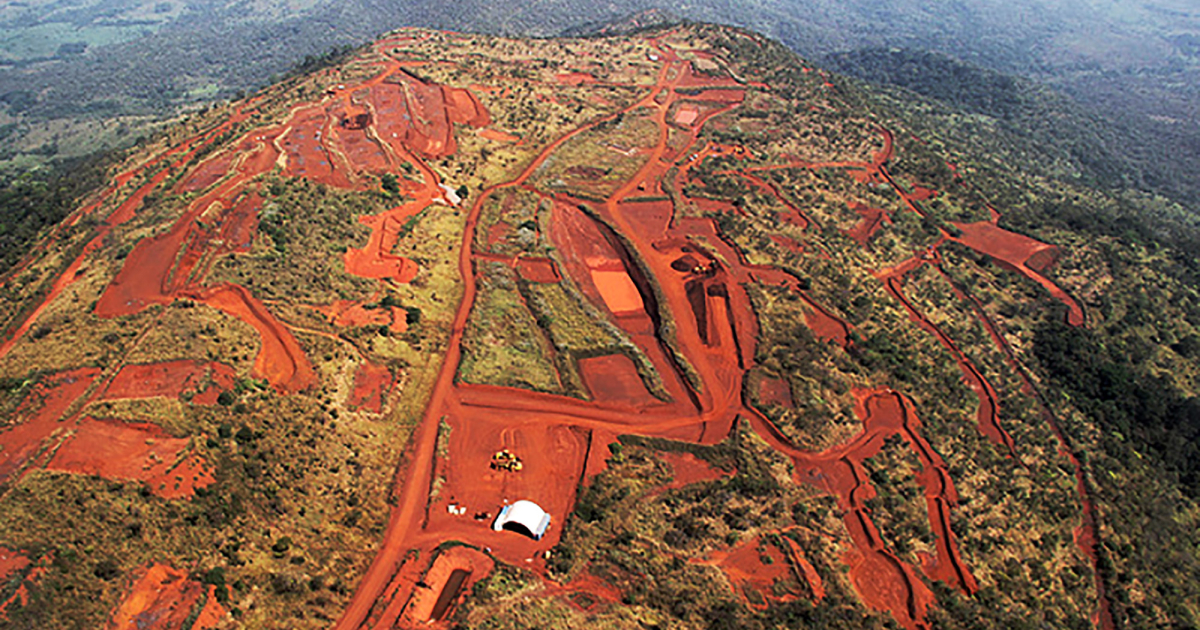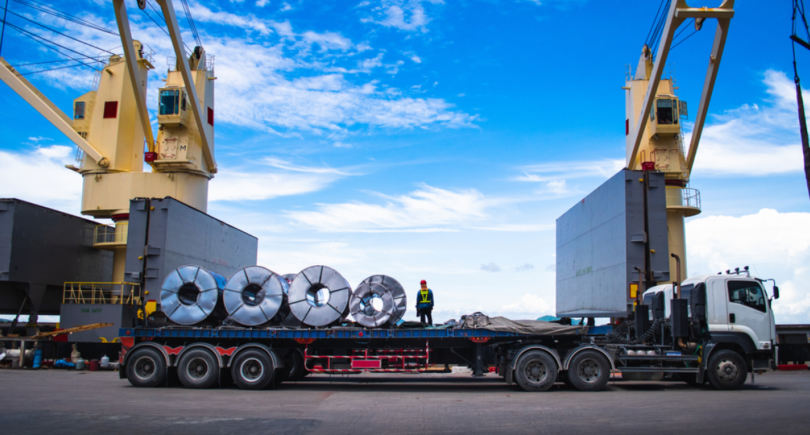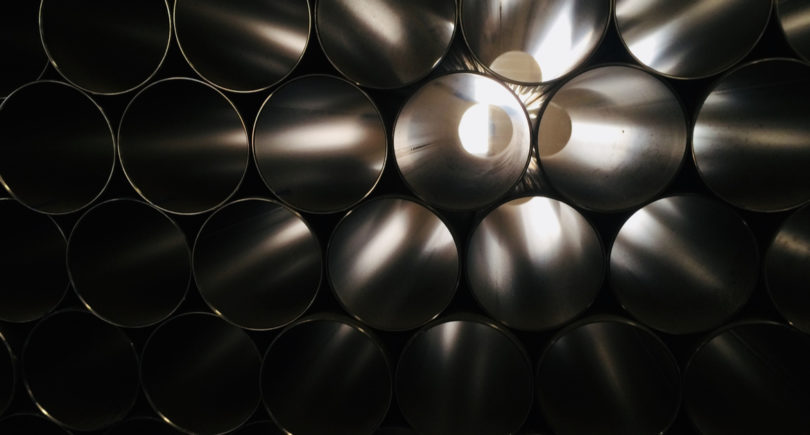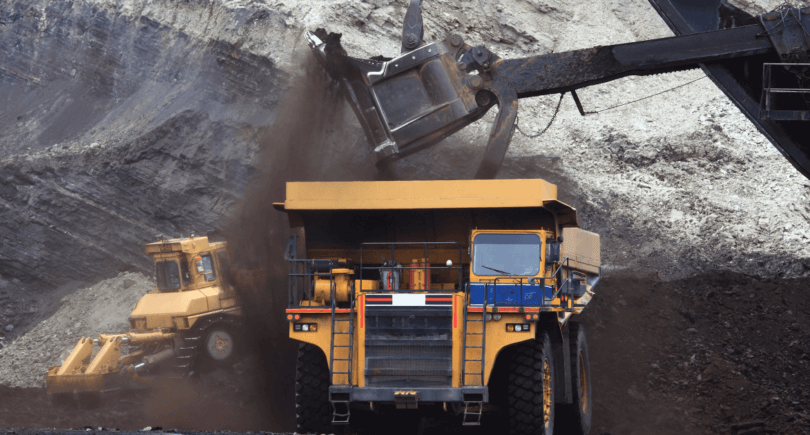
News Global Market iron ore 37164 26 February 2025
Rio Tinto sees room in the market for this raw material
The British-Australian mining concern Rio Tinto sees opportunities to increase the supply of iron ore on the market despite weakening demand for steel in China, Kallanish reports.
In particular, we are talking about the Simandou project in Guinea. According to the company’s CEO Jakob Stauscholm in a recent phone call with analysts, work is going very well there.
The Simandou project will bring 60 million tons of iron ore per year to the market, with Rio Tinto’s share of 27 million tons per year.
However, Stausholm noted that the first ore will be produced only at the end of this year, and it will take 30 months to ramp up production. The field will produce only 6% of the world’s seaborne ore trade, so the Rio Tinto CEO believes that there is room for it in the market.
At the same time, Reuters columnist Clyde Russell notes that the launch of Simandou will have a significant impact on the marine iron ore market. The first cargoes from this deposit may start arriving by the end of 2025. In addition, the deposit is expected to reach its full capacity of 120 million tons per year fairly quickly.
Simandou, he notes, will provide about 10% of China’s annual maritime ore imports, the world’s largest buyer of this raw material. 75% of the project’s production is controlled by Chinese companies, including Baosteel, and 25% is owned by Rio Tinto.
The observer suggests that in practice, virtually all of Simandou’s ore could be shipped to China. The project will also offer high-grade material with an iron content of about 65.3%, which is better than most of what Rio and its competitors produce in Western Australia.
High-grade iron ore may be in greater demand in the coming years as Chinese steel mills seek to decarbonize.
With the launch of the Guinea project, there may be some loss of supply from major exporters in Australia and Brazil. One way or another, a certain amount of raw materials will be pushed out of the market. However, for Australia, the situation may become an impetus to launch a new investment boom in adding value to its ore (i.e. DRI or HBI production).
The combination of a shift to higher-grade iron ore, stagnant demand from China and increased supply from Guinea is likely to put downward pressure on prices.
As GMK Center reported earlier, the Guinean government expects the Simandou project to reach its maximum production in the second year of operation. The two mines at the world’s largest iron ore deposit are expected to produce 30 million tons each in the first year, and next year production will increase to 60 million tons at each site.




